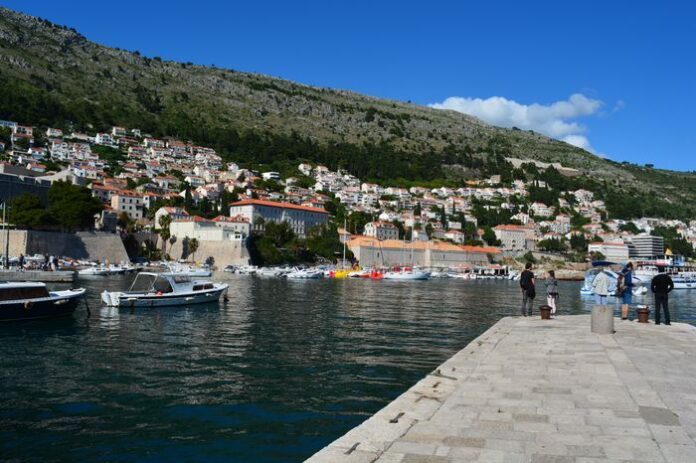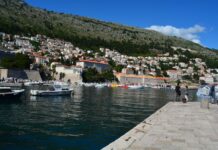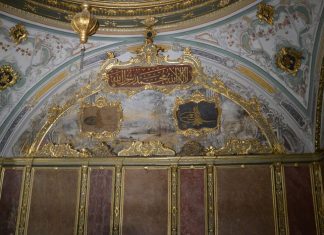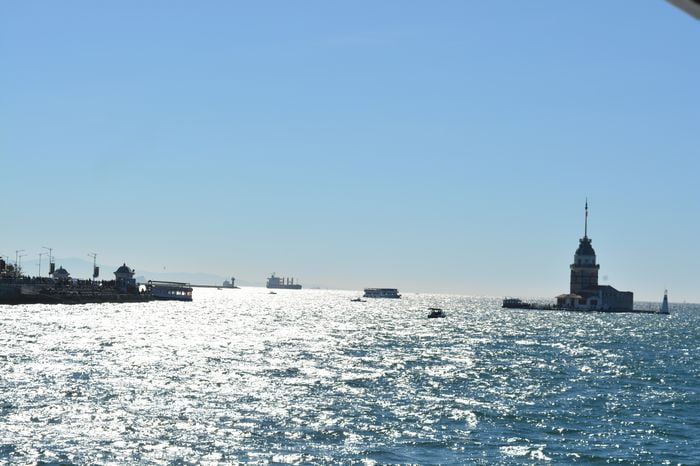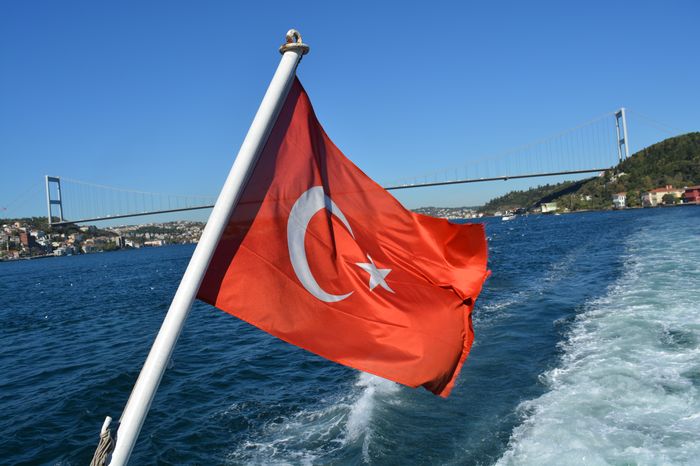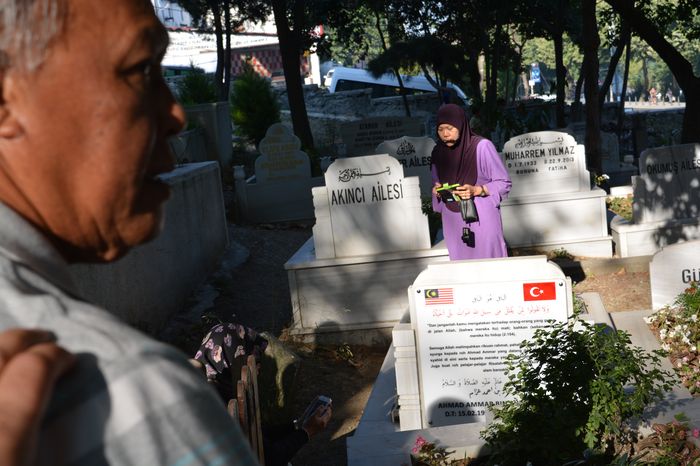The Gate of Charisius is located near a direct road that leads to the Imperial Cemetery, making its name very appropriate. The name may also relate to a public cemetery that once stood outside the gate, where a large Turkish cemetery is located today. This could have been another reason for the gate’s name.
Historical Importance of the Walls Between the Gates
The section of the walls between the Gate of St. Romanus and the Gate of Charisius is associated with many important historical events. These events are significant and deserve some attention, even if briefly The Siege and the Fall of the Walls.
The Mesoteichion A Key Section of the Walls
This part of the walls was known as the Mesoteichion (Μεσοτειχίον), meaning the “middle wall.” Its central location made it a key point in the defensive fortifications of Constantinople. The Mesoteichion was also referred to as the Myriandrion, which could relate to its proximity to the Gate of Polyandrion (a cemetery). To the south of the Lycus River, it was further distinguished as the Mums Bacchatareus, named after the Tower Bacchaturea, near the Gate of St. Romanus.
Vulnerability and Strategic Importance
Due to the terrain of the area, the Mesoteichion was a weak point in the city’s defenses. This section of the walls was where besieging armies typically launched their major attacks. The Lycus River prevented the creation of a deep moat, and the sloping land made the city’s defenses lower than the besieging forces on the hills. This made it a vulnerable spot in the Theodosian Walls. For Constantinople, this area was referred to as the “Valley of Decision”—a point where the city’s strength and vulnerability met, often referred to as the “heel of Achilles.”
Historical Sieges and Attacks
One of the most significant events related to this area occurred during the siege of 626 by the Avars. This was the first time the Theodosian Walls were put to the test. The Avars launched their main attack from twelve towers built in front of the walls, specifically between the Gate of Charisius and the Gate of the Pempton, extending all the way to the Gate of St. Romanus.
During this siege, the Mesoteichion was a central point of attack because of its location and vulnerability. The enemy aimed to break through this section of the walls to gain access to the heart of the city Sofia Old City Tours.
Discoveries in the Tower Foundations
In 1868, while the foundations of one of the towers north of the Gate of the Pempton were being removed to make way for construction, a significant discovery was made. A large number of marble tombstones were found, some plain and others inscribed with names. Many of these inscriptions were for people connected to the Foederati—the auxiliary troops that served in the Byzantine Empire. Some of the names found on the tombstones were Gothic, such as Walderic, Saphnas, Bertilas, and Epoktoric. These tombstones provide valuable insight into the people who lived and fought in the empire.
The area around the Gate of Charisius and the Mesoteichion was crucial to the defense of Constantinople. It was a point of weakness in the walls, but also a place where significant events in the city’s military history unfolded. The sieges, discoveries, and historical events associated with this area highlight its importance in the defense of the Byzantine Empire.
